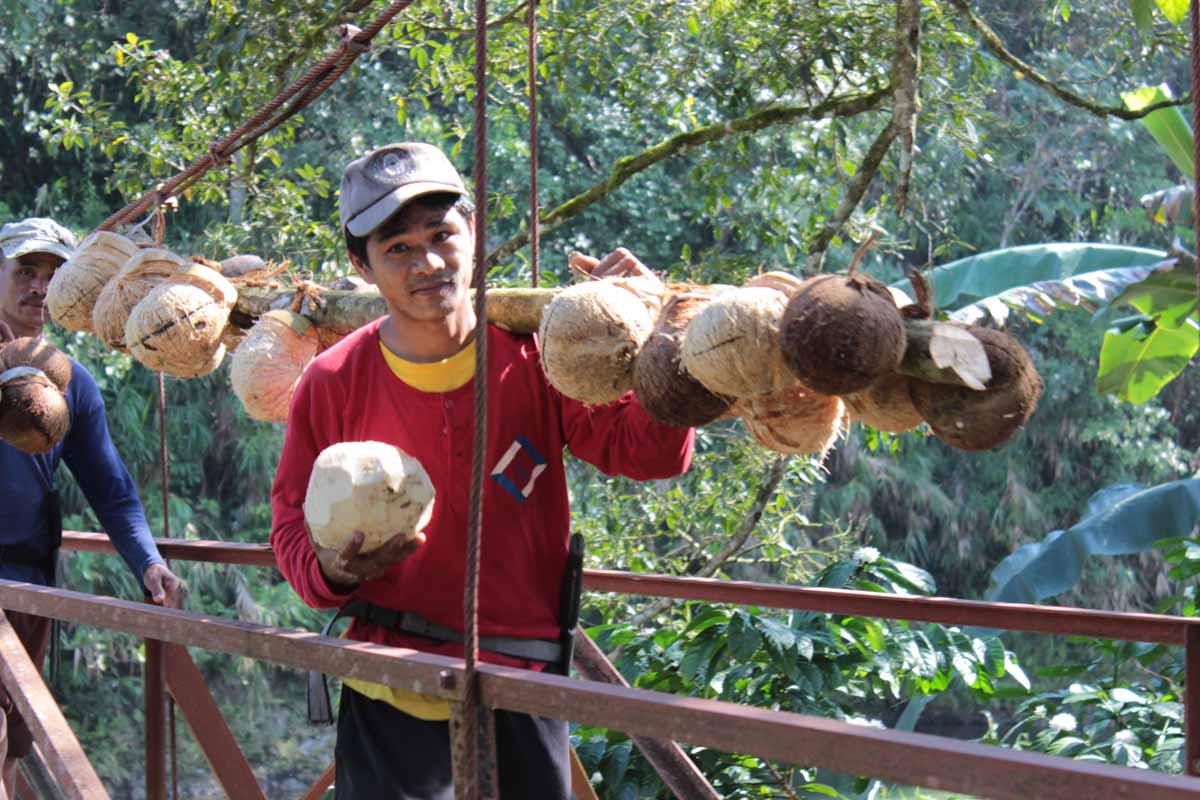One of the great things about community development projects
is that they give you a chance to work with men who you might not see
otherwise. Maybe they live far from you or maybe they are not interested
in what you are teaching, but because there is an opportunity to earn money
they come and you have a chance to build relationships.
Most days I had between 30 and 50 workers. It was a
great time to strengthen old relationships and build new ones. These guys
worked hard and needed a good solid morning and afternoon snack. In the
village we can’t order pizza, so Heidi took on the responsibility of providing
food.
Fortunately Heidi had help. Arcely really uses her
head when it comes to feeding people and with her help everything came
together.
She sent men to get coconuts to make coconut oil
Coconut oil and sticky rice were used to make a variety of
sticky rice treats.
Once the snacks arrived on the work site, they didn't last
long.
The afternoon snack was usually served under our house
Thank you Heidi for all the hard work you and Arcely
did! It was appreciated by all.































